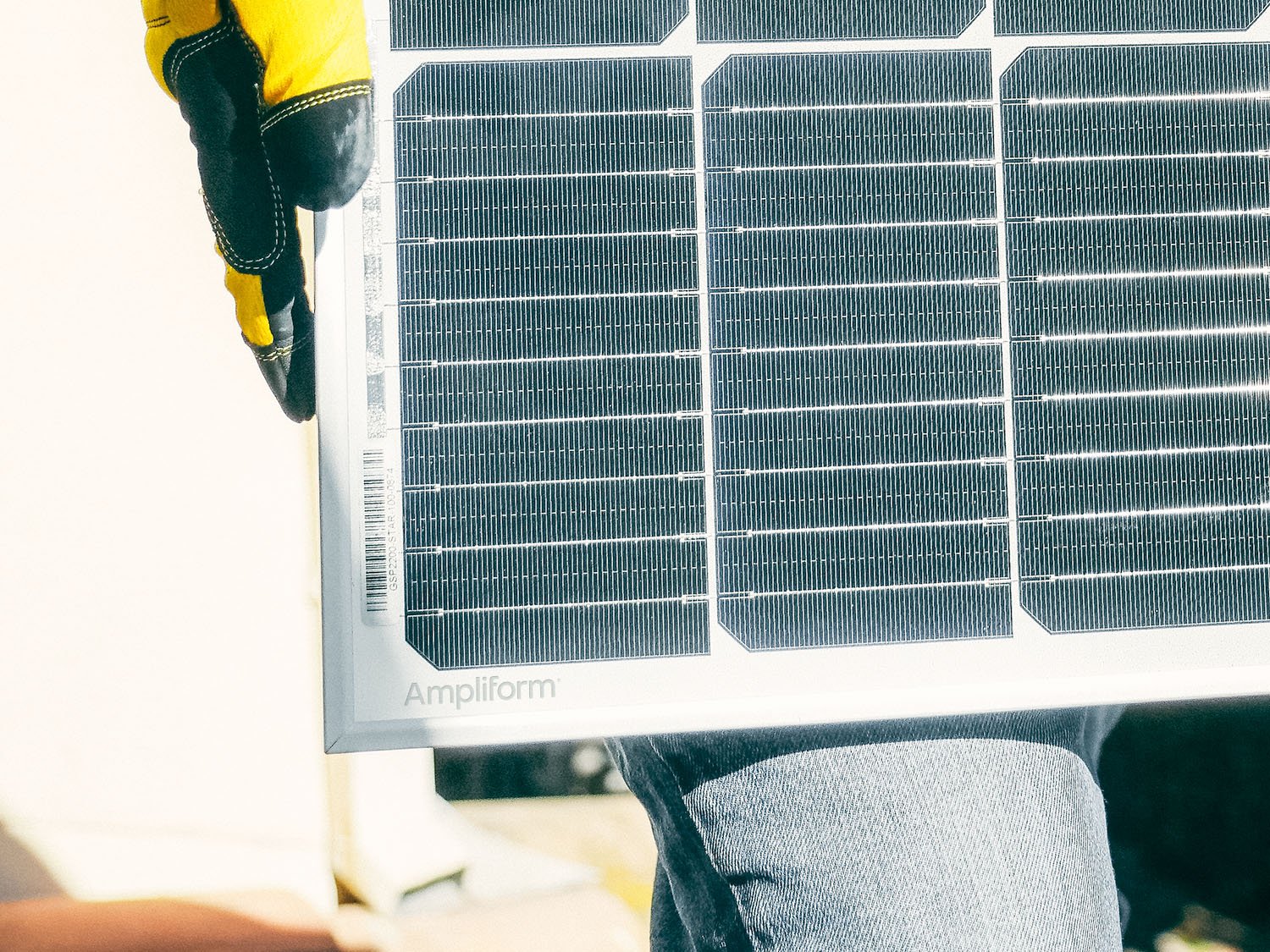Replacing 10% of Pennsylvania’s electric generation with solar would result in more than $300 million net savings annually and create 65,000 jobs
Thursday, July 18, 2019
Re-posted from a Pennsylvania Business Central article
A new report commissioned by Community Energy, Inc. finds that transitioning 10 percent of Pennsylvania’s electric generation to solar would decrease the state’s wholesale electric costs by $619 million annually, while costing less than half that amount to make the transition, and would lower wholesale electric prices across the multi-state utility power grid, PJM Interconnection, by $3 billion annually.
The modeling study, prepared by the independent power analytics firm PowerGEM, LLC, was completed to determine the reliability and market impact of a future scenario where 7,500 megawatts of solar generation is deployed in Pennsylvania, enough to supply about 10 percent of the in-state electric load. In the study, energy savings and wholesale price reductions result when solar generates peak power with no additional cost during the hours of the day when demand is highest and generation costs are at their peak, a concept known as “peak shaving” or “price suppression.” For example, solar arrays generate more power on hot sunny days, just as consumers start up air conditioners, offsetting maximum energy demand.
“We know that solar delivers ‘peak shaving’ and new jobs at multiples of the rates in other sectors. The news is the rapid drop in the investment cost to get there,” said Brent Alderfer, CEO at Community Energy, Inc. “This study confirms the winning economics of solar at scale, and we are excited to be a part of bringing the fastest growing energy sector in the world to Pennsylvania.”
Data from the National Renewable Energy Laboratory (NREL) show that the ramp up to 10 percent solar in Pennsylvania would bring $10 billion in new private investment in the state and create more than 65,000 jobs for electricians, surveyors, design and civil engineers, real estate agents, and geotechnical analysts, along with the full range of construction, operation and maintenance jobs.
Using assumptions from recent PJM Reports and the PA Solar Future Report, this study shows the proposed fleet of new solar resources would require moderate transmission upgrades to maintain grid reliability and that the costs associated with those upgrades would be predominately covered by the new solar projects as part of their routine costs of interconnection.





